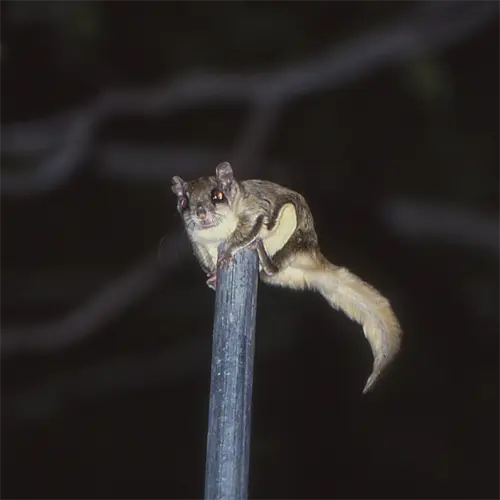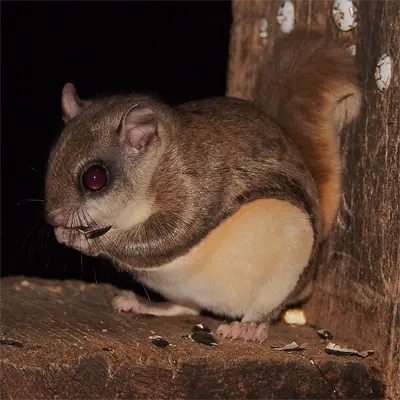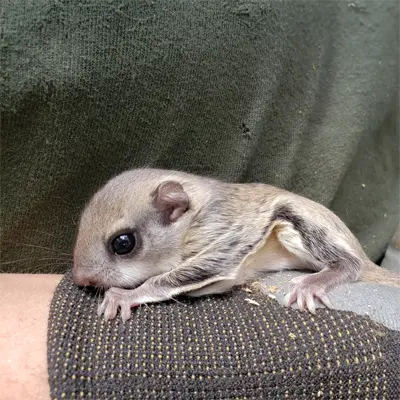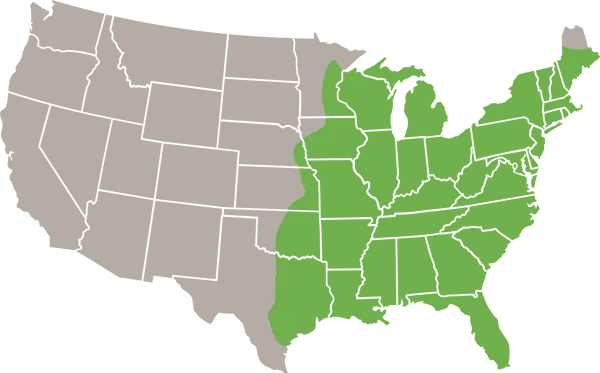Southern Flying Squirrel
- Scientific Name
- Glaucomys volans
- Also Known As
- Mexican Flying Squirrel, Assapan
- Range
- All of Florida, except the Keys
- Diet
- Nuts, Flowers, Eggs, Trees, Bird Seed
- Life Expectancy
- 3 Years
Quick Links
Southern Flying Squirrels in Central Florida
The southern flying squirrel (Glaucomys volans) is a small, agile rodent adapted to arboreal life in central Florida’s subtropical forests and urban areas.
Often confused with the larger northern flying squirrel (Glaucomys sabrinus), southern flying squirrels can be identified by key physical characteristics, behaviors, and habitat preferences. This guide covers identification tips, biology, potential health risks, and prevention methods for southern flying squirrel issues.
Appearance and Identification
Southern flying squirrels have distinguishing features at both juvenile and adult life stages
Compared to tree squirrels, southern flying squirrels have smaller bodies, looser skin for gliding membranes, flattened tails, and larger eyes and ears. The northern flying squirrel is larger with rusty brown fur and is confined to northern Florida.
Maturation Rate
Southern flying squirrel neonates develop rapidly into adept, independent gliders within 2 months after birth. They quickly learn skills like food foraging, predator avoidance, nest building, and social integration from their mother and colony members. With Florida’s abundant resources, juveniles can breed in their first year.
Habits and Behavior
Southern flying squirrels are nocturnal and most active 2-3 hours after sunset. They spend days sleeping in tree cavities or leaf nests called dreys. At night, flying squirrels glide between trees to forage. With legs outstretched, they can steer and glide up to 150 feet between launches. On the ground, they shuffle with an awkward, wobbling gait.
Southern flying squirrels emit bird-like twitters and nest in colonies of up to 50, often with pine snakes and red-cockaded woodpeckers. They are drawn to bird feeders at night and can squeeze into houses through small openings. Females are territorial, but male home ranges overlap more.
Reproduction and Lifespan
Southern flying squirrels can breed twice yearly in Florida’s warmer climate. Females enter estrus in January and June. After 44 days gestation, they give birth to litters of 2-4 young. Females raise 2-3 litters per year.
Young squirrels open their eyes at 4 weeks old and can glide by 6-7 weeks. They are sexually mature by 1 year old. Lifespan in the wild is about 3 years, but can reach 10 years in captivity.
Ideal Habitat and Range
Central Florida’s hot, humid climate with moderate winters is ideal habitat for southern flying squirrels. Average temperatures range from the 60s°F (15-20°C) in January to the 90s°F (30s°C) in July. Rainfall is plentiful, especially in summer.
Mixed oak-hickory-pine forests interspersed with cypress swamps and suburban yards provide excellent habitat. The squirrels nest in tree cavities and leaf dreys built in forked branches. They avoid floodplain forests and pine plantations with sparse understory where predators are more visible.
Developed areas offer bird feeders, gardens, and accessible attics for nest sites. Flying squirrels thrive on seeds, fruits, buds, and arthropods. Ample food and nesting sites allow high squirrel densities, especially if predators like owls and pine snakes are scarce.
Diet and Feeding
Southern flying squirrels are omnivores and consume a varied diet:
- Acorns, hickory nuts, pine seeds, fruits like blackberries.
- Flower buds, leaves, mushrooms, lichens, fungi.
- Insects like crickets, caterpillars, beetles.
- Occasional eggs, nestlings, carrion.
- Saps and tree bark.
- Bird seed from feeders.
Fungi like lichens and mushrooms are an important protein source. Flying squirrels gnaw sap wells on tree bark to drink the sap. They need water daily and get much of it from food. Flying squirrels hoard and cache food like acorns and pine cones in tree cavities.
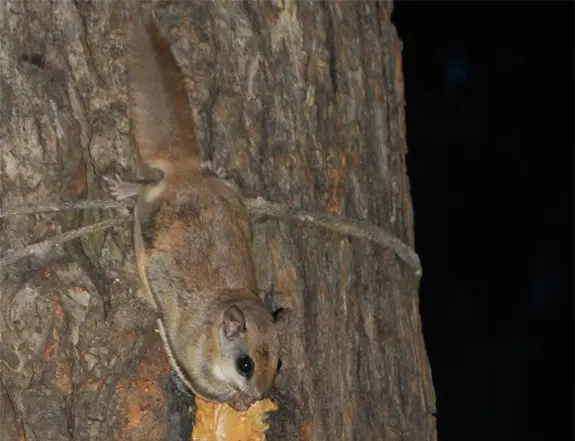
Photo 172087288 (c) Candice, CC BY-NC

Common Dangers
Southern flying squirrels rarely cause health issues for humans directly. However, their feces and nests can harbor pathogens and parasites:
- Salmonella – Diarrhea and fever spread by feces.
- Roundworms – Can cause larva migrans if ingested.
- Tick-borne relapsing fever – Caused by Borrelia bacteria from ticks.
- Tularemia – Rabbit fever bacteria transmission possible.
- Leptospirosis – Spread in urine, causes fever and chills.
- Rabies – Low risk, but squirrels can carry rabies virus.
- Typhus – Flea-borne bacteria can cause fever, rash, and severe headache.
Heavy nesting in attics also raises concerns about droppings accumulation, fungal growth, and odors. An integrated approach combining exclusion, relocation, and cleaning is best to remove squirrel public health risks.
Preventing Flying Squirrel Infestations
Southern flying squirrels readily colonize attics and other voids in homes. The key is exclusion – sealing entry points and removing conducive conditions. Trim overhanging branches back from the roof. Seal openings wider than 1/4 inch with metal sheeting, copper mesh, or caulk. Cover chimneys and vents with steel mesh.
Remove bird feeders at night. Plug potential entry holes in soffits and eaves. Clear out leaf litter from gutters and window wells. Traps can humanely remove individual squirrels, but exclusions must be maintained to prevent re-entry. Population management through exclusion is the most effective long-term solution.
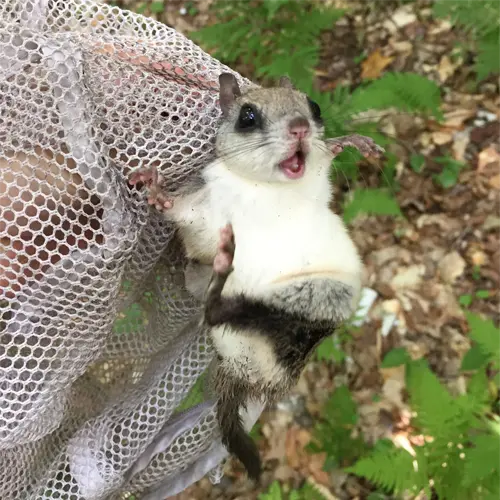
Photo 21957807 (c) Nick Tepper, CC BY-NC
Southern Flying Squirrels in Central Florida – Conclusion
Southern flying squirrels are agile, fascinating gliders native to central Florida’s forests. While not overtly harmful, their nests can spread parasites and damage structures if left unchecked.
Through inspection, exclusion repairs, and removal of attractants, southern flying squirrel issues in homes can be successfully resolved. An integrated pest management approach focused on prevention provides the best defense against nuisance flying squirrels while maintaining balance in the local ecosystem.

